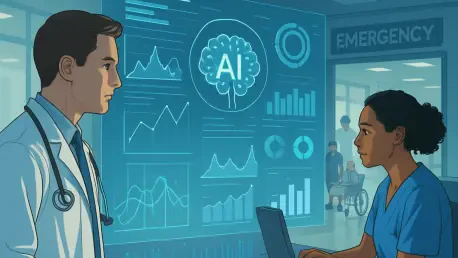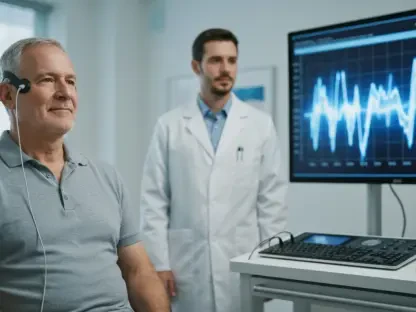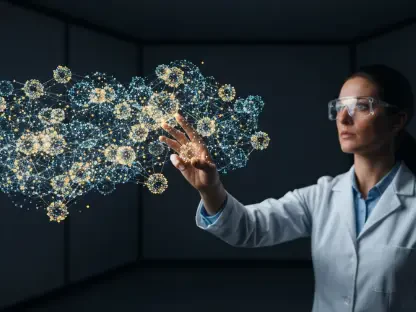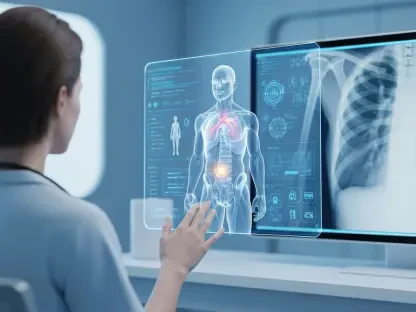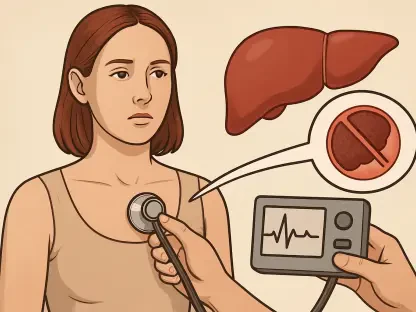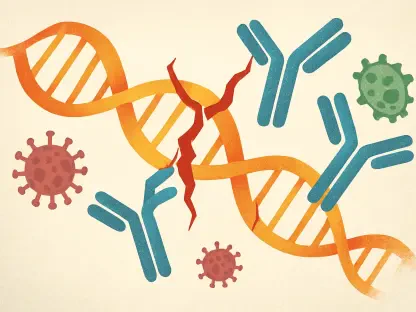I’m thrilled to sit down with Ivan Kairatov, a renowned biopharma expert with extensive experience in technology and innovation within the healthcare industry. With a strong background in research and development, Ivan has been at the forefront of integrating cutting-edge solutions like artificial intelligence into medical settings. Today, we’ll dive into the groundbreaking use of AI in emergency departments, exploring how it can predict hospital admissions earlier, improve patient care, and tackle challenges like overcrowding. Our conversation will touch on the development of AI models, the role of healthcare professionals in these advancements, and the potential for transforming hospital operations.
Can you share what initially sparked the interest in using AI to predict hospital admissions in emergency departments?
The primary motivation came from the urgent need to address the chaos in emergency departments. Overcrowding and boarding—where admitted patients are stuck in the ED due to a lack of available beds—have become critical issues, impacting patient outcomes and staff morale. We saw AI as a way to provide clinicians with a heads-up on which patients might need admission, allowing for better planning and resource allocation. It’s about getting ahead of the problem rather than just reacting to it.
What specific challenges in the emergency department were you aiming to solve with this technology?
The biggest challenges are overcrowding and the delays caused by boarding. When patients who’ve been admitted can’t move to a bed upstairs, it creates a bottleneck, slowing down care for everyone else. This not only frustrates patients but also strains staff and resources. Our goal was to use AI to predict admissions hours earlier, giving teams time to arrange beds or adjust staffing, ultimately reducing wait times and improving the flow of care.
How did the idea of applying AI to these issues first come about?
It started with observing how other industries, like airlines or hotels, use predictive tools to manage demand. They rely on reservations and forecasting to plan ahead, but in healthcare, we’ve historically leaned on past trends without real-time foresight. A few of us began brainstorming how machine learning could analyze patient data on arrival—vital signs, medical history, and other factors—to flag potential admissions early. It felt like a natural leap to bring that kind of predictive power into the high-stakes environment of the ED.
Can you walk us through the process of developing the AI model for predicting admissions?
Developing the model was a massive undertaking. We trained it on a huge dataset of over a million past patient visits, pulling in details like demographics, initial symptoms, and test results. The idea was to teach the algorithm to recognize patterns that often lead to admission. We used machine learning techniques to refine its accuracy over time, testing and tweaking it to ensure it could pick up subtle signals that might not be obvious even to experienced clinicians.
How did you make sure the AI model could be effective across different hospital environments?
That was a critical focus for us. Hospitals vary widely—urban ones often deal with higher volumes and more acute cases, while suburban settings might have different patient demographics. We tested the model across a diverse network of hospitals to ensure it wasn’t biased toward one setting. By training it on data from multiple locations and continuously validating its predictions in real-world scenarios, we aimed to create a tool that’s adaptable and reliable no matter where it’s deployed.
Collaboration with over 500 ED nurses was a key part of this project. How did their involvement shape the work?
The nurses were absolutely indispensable. They provided real-world insights that no algorithm could replicate. During the study, we compared their triage assessments—based on years of experience and intuition—with the AI’s predictions. Their feedback helped us understand where the model excelled and where it needed adjustment. Working with such a large group was inspiring; their dedication and willingness to embrace new technology really drove home the potential for AI to support, not replace, human expertise.
The study found that combining human and AI predictions didn’t significantly improve accuracy. What’s your take on that?
Honestly, it was a bit surprising at first. We expected that blending the nurses’ instincts with AI’s data-driven approach would yield better results. But this finding actually highlights how robust the AI model is on its own. It suggests that the algorithm has captured patterns so effectively that adding human input doesn’t always enhance the outcome. It’s a testament to the power of well-trained machine learning, though it also underscores that human judgment remains crucial for aspects beyond pure prediction, like empathy and patient interaction.
How does predicting admissions with AI create something akin to a reservation system for hospitals?
Think of it as forecasting demand, much like airlines or hotels do with bookings. In the ED, we don’t have the luxury of advance reservations, so we’re often playing catch-up. AI changes that by giving us a heads-up on who’s likely to need a bed well before the formal admission order. This allows hospitals to prepare—whether it’s securing a spot, adjusting staff schedules, or prioritizing certain cases. It’s not a perfect reservation, but it’s a step toward proactive planning rather than constant firefighting.
In what ways can earlier predictions improve patient outcomes and reduce boarding times?
Knowing a patient might need admission hours earlier is a game-changer. It means we can start the process of finding a bed or coordinating care teams sooner, which directly cuts down on boarding times. Less time spent waiting in the ED reduces stress for patients and lowers the risk of complications from delayed treatment. It also eases overcrowding, so new arrivals aren’t stuck in a packed waiting room. Overall, it creates a smoother, more efficient experience for everyone involved.
What is your forecast for the future of AI in emergency care?
I’m incredibly optimistic about where this is headed. AI has the potential to become a standard tool in emergency care, not just for predicting admissions but for triaging patients, optimizing workflows, and even aiding in diagnosis. As we refine these models and integrate them into real-time systems, I foresee a future where EDs operate with unprecedented efficiency, freeing up clinicians to focus on direct patient care. The challenge will be ensuring equitable access to this technology across all healthcare settings, but with continued collaboration between tech experts and frontline workers, I believe we’ll get there.
